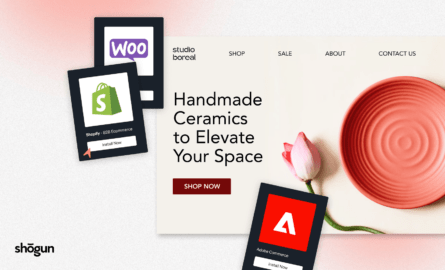How Brands are Achieving Multi-Store Capability for International Expansion With Headless
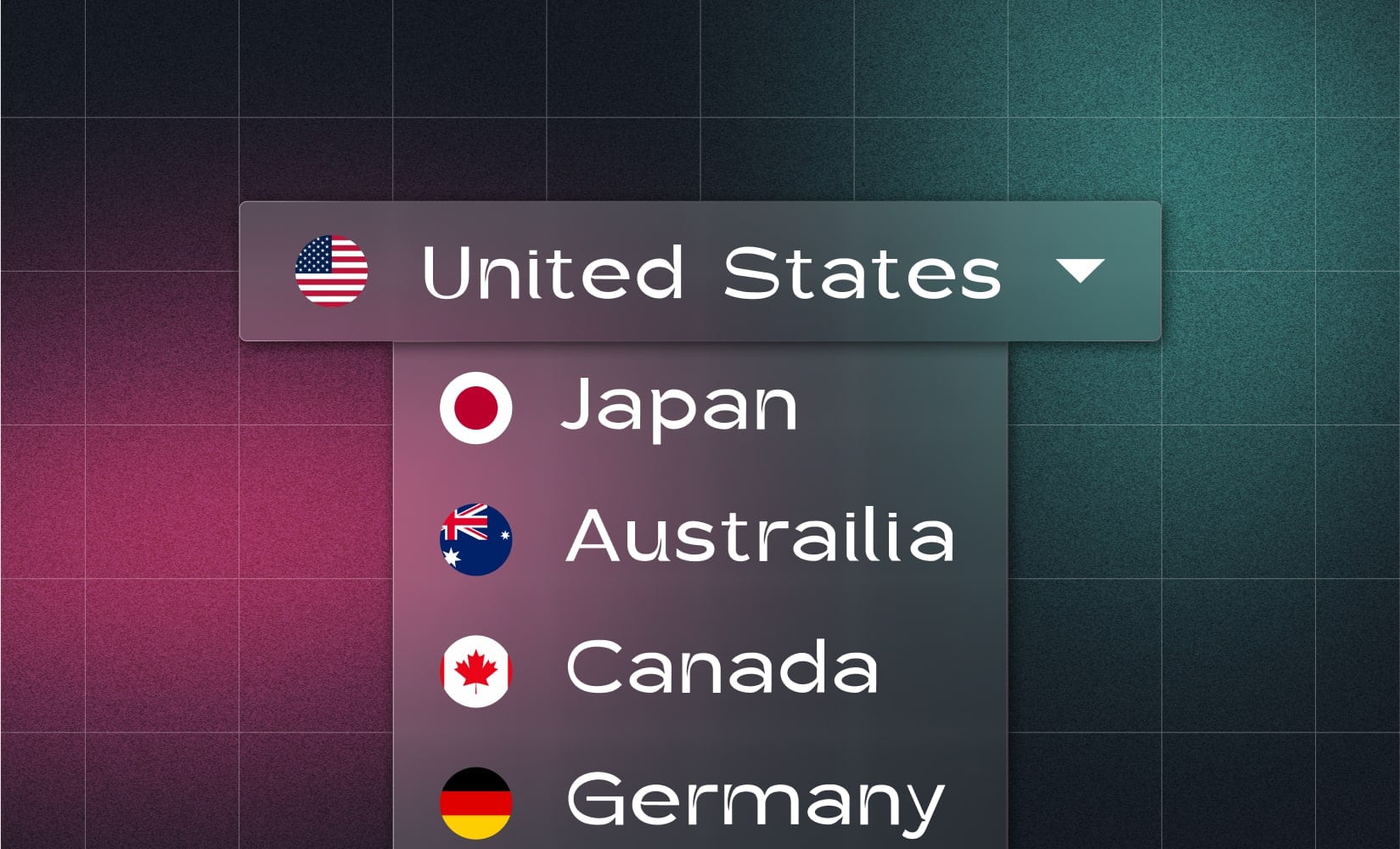
Whether you’re accelerating your store growth by launching sub-brands or facilitating your first foray into internationalization, setting up multi-store instances for ecommerce is something many brands want to do.
To launch into new global markets, you want a clone of your initial storefront to serve as the foundation for building additional stores.
Seems like an easy enough ask!
The only catch? The current options for this aren’t always ideal.
Fortunately, the flexibility of headless commerce is making multi-store instances for Shopify possible—and easier than what’s been available for merchants to date.
In this post, we’ll cover how brands are achieving multi-store capability more easily and how you can do the same.
Why do brands want multi-store capability?
Multi-store opens up a lot of doors. Having cloned variants of your store instance can allow you to reach new markets you otherwise couldn’t, which propels your growth.
Let’s look at some of the biggest reasons why brands are seeking multi-store capability.
Tailored (variant) storefronts in less time
Every market is different. Because of this, it’s important to adapt your ecommerce experience for a given market’s nuances—like currency, language, localization, etc.
Multi-store functionality makes this easy. Once set up, you can easily tailor your variant store’s experience to wherever your customers are located and give them the best shopping possible.
Improved content management
If the thought of individually managing multiple ecommerce sites is enough to keep you up at night, we get it. That’s a lotta work!
Instead, you envision a world where a change on one site’s layout means a change on others (that you choose) without fuss.
Multi-store capability is a powerful way for brands with different sub-brands and complex product catalogs and SKUs to manage their content. It’s also a great way for brands to manage content for sub-brands with similar product catalogs.
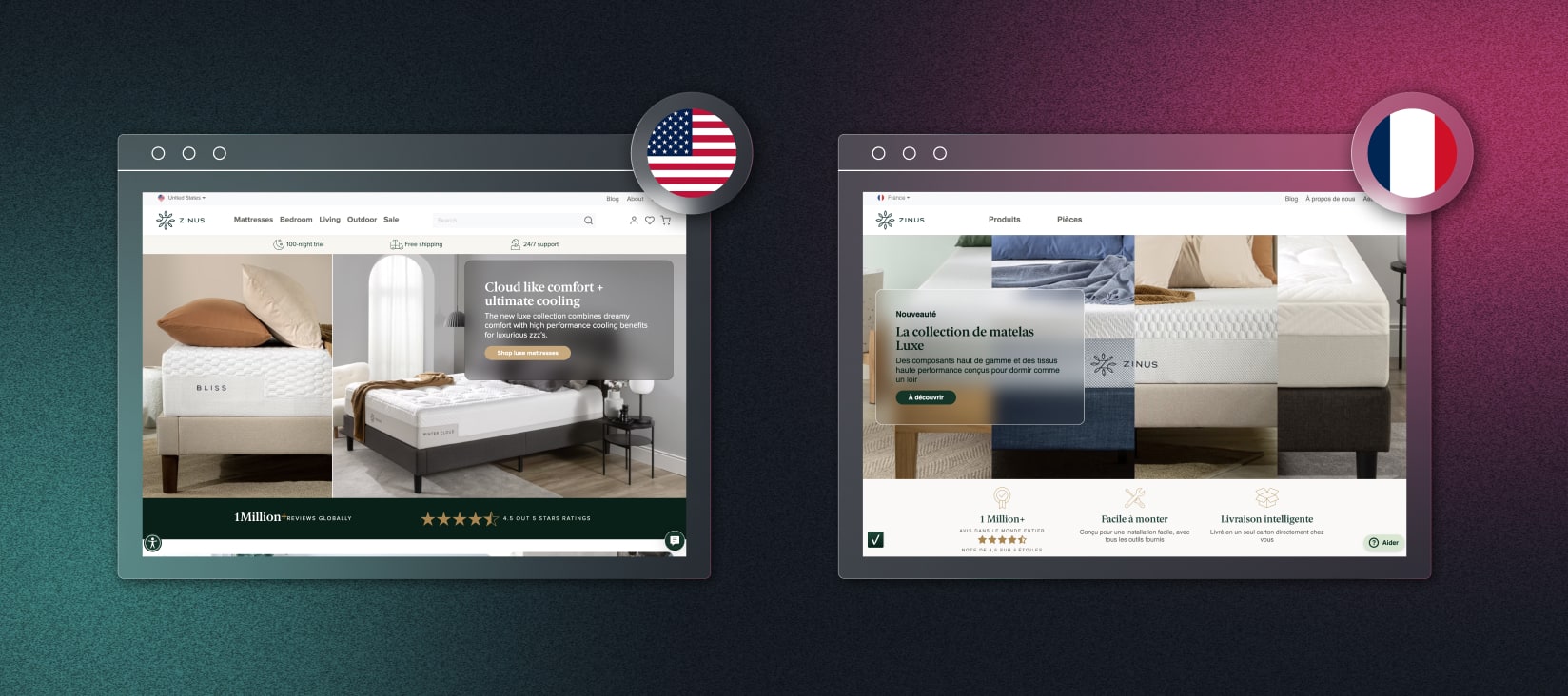
For example, PMI Worldwide owns two similar drinkware brands: Aladdin and Stanely. With multi-store functionality, PMI Worldwide can manage each store from one place.

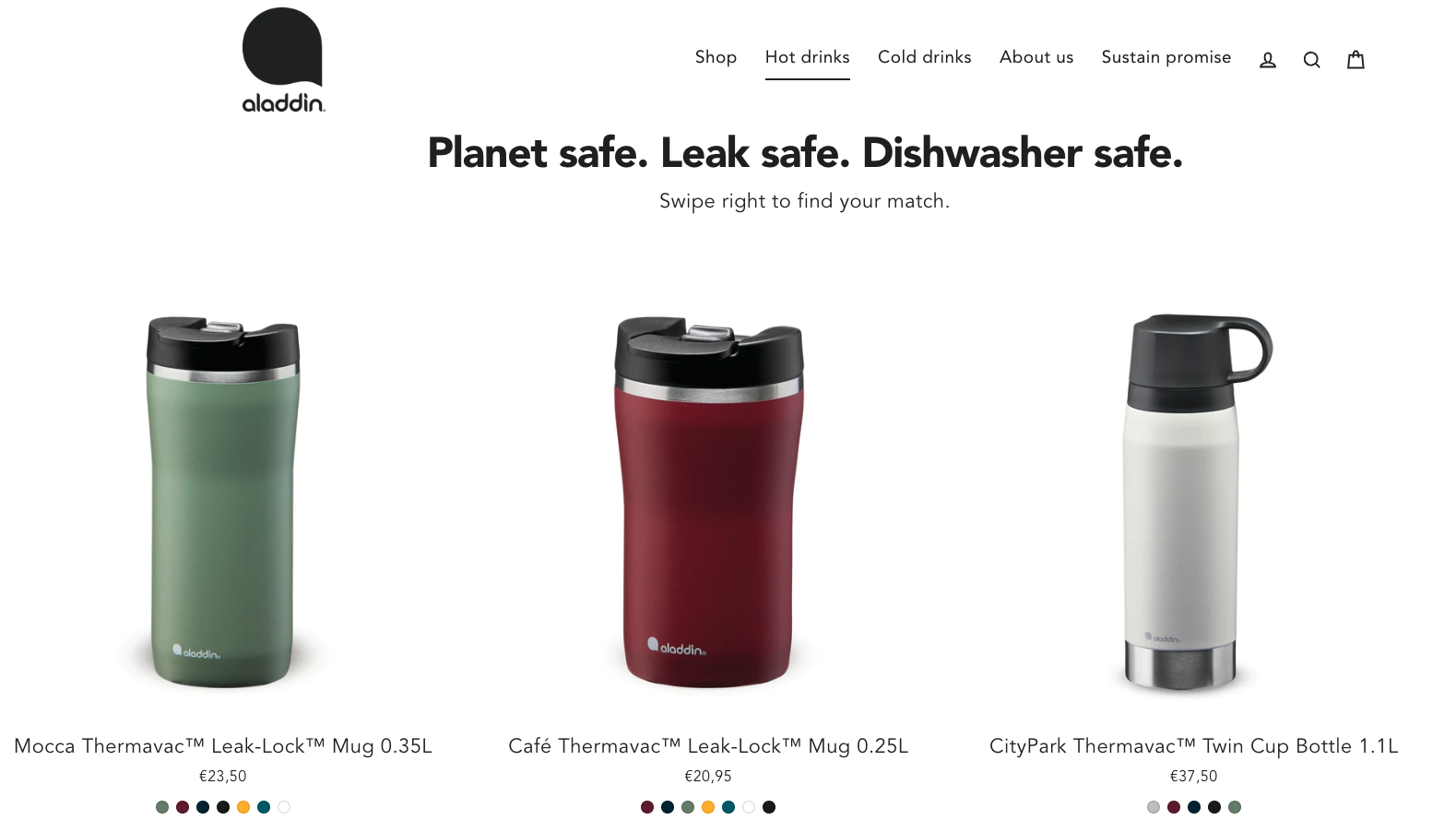
Both brands have similar collections, which PMI can manage from one spot. This makes it easier to deploy changes and in a fraction of the time.
Stepping into international markets
Lastly, a big reason why brands want multi-store capability is to facilitate a first voyage into international markets.
In this case, your existing store acts like the blueprint for future sites localized for different regions. Building another store for this from scratch can be challenging (and frankly, it takes tons of time), but multi-store capability gives you a starting point for future international URLs. Plus, you get a sandbox storefront for your international vision to take place and evolve.
#cta-visual-fe#<cta-title>Prep your ecommerce store for international expansion.<cta-title>See how your brand can benefit from multi-store via an all-in-one Frontend Platform like Shogun Frontend.Learn more
The biggest challenge with multi-store setup on Shopify and Shopify Plus
So—with its improved content management and faster go-to-market for sub-brands or localized sites, multi-store capability is clearly powerful. But what’s the status quo for achieving this right now?
In late 2021 Shopify Markets was launched—a solution for multi-store selling. With Shopify Markets, brands can set up market-specific ecommerce experiences allowing customers to shop in their currency, language, domain, and payment preferences.
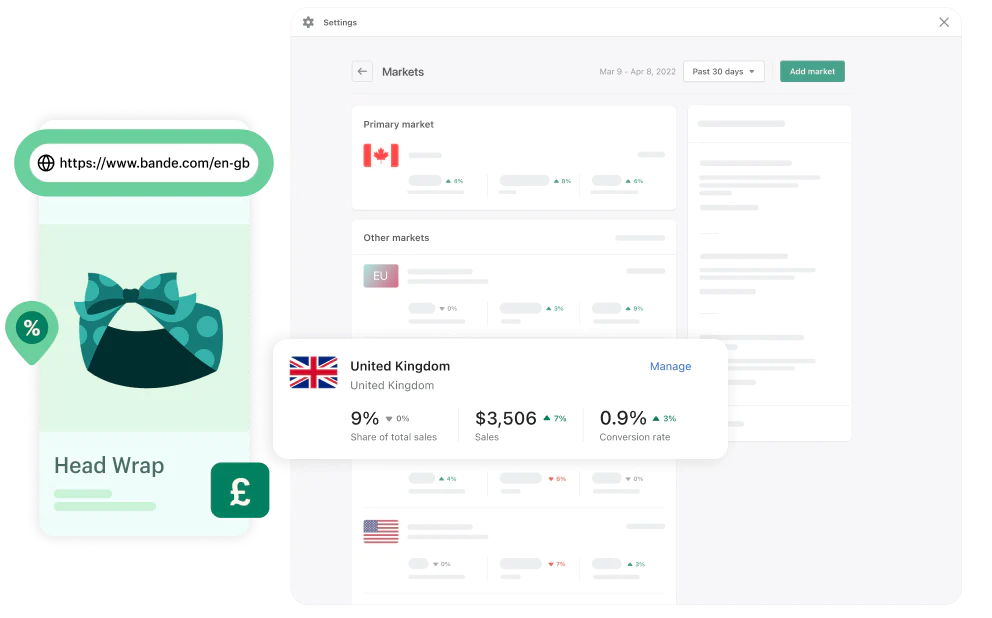
This is a great feature for Shopify merchants to expand. However, there’s one major limitation that comes with approaching multi-store in this way: content flexibility.
Brands with advanced content needs—like merchandising larger collections and limiting certain product SKUs to specific regions—have limited control over what they can do from a content management perspective with Shopify Markets.
While Shopify Markets is a great start to managing some aspects of your store for multiple regions (domains, currency, duties, payment methods), to have more control over the look and feel of your store per region (e.g., featuring products or imagery that are specific to a country or market), you need an entirely new store instance.
In other words, you’ll need to build a new store (even for sub-brands) per region you want to reach…
- And a new store instance means a new, separate backend.
- And a new, separate backend means when a change is made to one store, you’ll need to manually make that same change to the other instances. This leads to major inefficiency.
Not only does the current way for building multiple instances slow down your workflow, but you’ll need to build each instance from scratch. This means you can’t go to market and test for several months until your site launches, and as they say, time is money.
With this limitation, it’s hard to roll out multi-store on your brand’s terms and be efficient as you manage multiple stores. So, many brands simply put their plans on pause.
Fortunately, there’s another way!
Achieving multi-store with an all-in-one Frontend Platform
Scaling brands are turning to headless commerce for a variety of reasons to propel growth.
But to get around the limits of multi-store on Shopify/Shopify Plus, many brands are turning to headless—specifically a headless CMS—to get the flexibility they need.
Headless commerce helps with multi-store—and subsequently international expansion— because you can keep your Shopify backend intact but add a flexible frontend layer on top.
This new layer, and the underlying tech to power it, gives you full control over the customer experience and full control over a new way to achieve multi-store.
Here are some reasons why brands are turning to headless to help with multi-store capability:
1. Gain a completely flexible frontend layer
When you take your store headless, you don’t have to build a new store backend every time you want to launch into a new market. Instead, you have a different presentation layer—or frontend—for every sub-brand or store that all share the same backend.
This allows you to make store-wide changes faster without reinventing the wheel, spending time on dev, or managing multiple backends. Your team manages just one.
Choosing an all-in-one Frontend Platform like Shogun Frontend means your brand can use Full Store Copy, which lets you clone your original storefront in just a few clicks. This reduces the time and cost of setting up additional store instances.
Cloning your initial English-language storefront via Full Store Copy saves you from needing to build a new site from scratch.
For example, leading affordable online mattress brand, Zinus, used Shogun Frontend’s Full Store Copy to clone their original storefront instance and customize those new instances for different countries.
Zinus directs shoppers to marketplaces (Amazon and Wayfair primarily) from each country’s storefront).
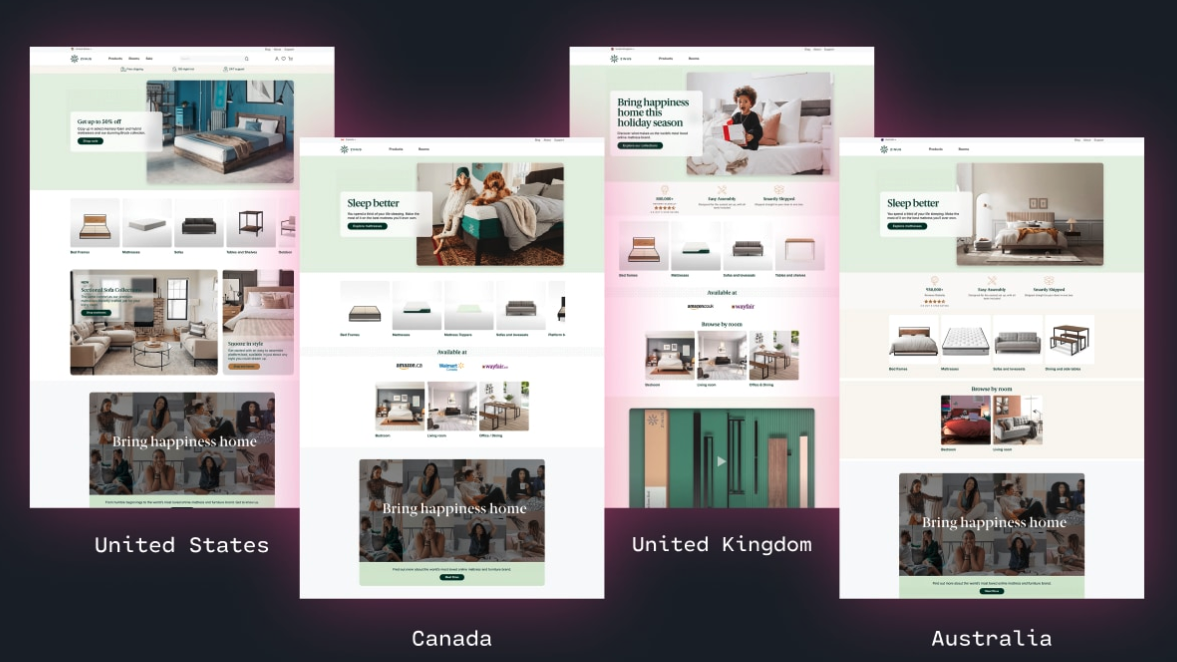
Now, as Zinus further expands internationally, the fundamental building blocks of the store are already built for each location. This speeds up their time-to-value significantly.
Plus, if they ever want to deliver full international sync (instead of routing to their Amazon page for payment, shoppers will remain on the site), their headless site is primed to handle any spike in site activity this kind of growth yields.
As a bonus, using an all-in-one frontend platform—like Shogun Frontend to go headless empowers non-technical team members to make site updates on the go without reliance on dev resources. The low-code environment designed for merchants makes customizing your different frontends to resonate with customers in each market easy and fast.
#cta-visual-fe#<cta-title>Prep your ecommerce store for international expansion.<cta-title>See how your brand can benefit from multi-store functionality via an all-in-one Frontend Platform like Shogun Frontend.Learn more
2. Unparalleled speed
You want your site to be fast for customers no matter where they’re shopping regionally. Fast stores make for a high-converting ecommerce experience; sites that load in two seconds or less typically see a 15% higher conversion rate than slower sites.
When your site is headless, the backend and frontend are separate and communicate through application programming interfaces (APIs). This separation allows your site to be lightning-fast, which is critical for ecommerce.

Moreover, when you go headless with Shogun Frontend in particular, your site is transformed into a progressive web app (PWA). PWAs have reduced data-fetching requirements, so they load entirely once and only serve up the necessary sections of your site.
For example, when a shopper lands on your site, your PWA will initially only show them what’s above the fold. Then, as they continue to scroll, your site will populate the needed sections to fill the page.
PWAs eliminate the need for your site to re-request data upon each page click via lazy loading, making click-throughs blazing fast.
3. No more complex tech-stack wrangling
As we’ve covered, headless commerce is helping brands achieve multi-store, but it’s important to note there are several ways to go headless.
While achieving the benefits of headless via a route like composable commerce may sound appealing, it can quickly become complex, time-consuming, and costly. Composable headless solutions require brands to hand-select each component of the frontend tech stack—from your middleware to your CDN and CMS.
This might sound great in theory, but having to juggle multiple vendors makes multi-store setup trickier than it needs to be, as you’ll manage not just the content for multi-store in a dev-heavy environment but you’ll also manage the technical oversight of the entire site post-build. This means paying for ongoing maintenance of each part of your site’s frontend infrastructure in addition to creating and maintaining different frontends from scratch.
When choosing a headless provider, consider how they supply multi-store capability. If you plan to launch several sub-brands, expand internationally, or need more than one store, this is a big one to watch. You don’t want to take on more tech wrangling than you should for business efficiency.
TULA Skincare’s digital project senior manager, Jessica Zhang, says it’s going to be easier for the brand to expand into international markets since they’ve moved to headless (and especially as they did so with an all-in-one platform approach):
“Now that our site’s frontend is separate, we’ll be able to sync code and content from one store to multiple, global stores more efficiently as we expand internationally.”
TULA was very mindful about their approach to going headless and chose to go with an all-in-one platform to improve time to market. By outsourcing their infrastructure for the frontend to Shogun, they have been able to focus on delivering exceptional content to their shoppers and scaling their global web expansion.
Multi-store capability as a stepping stone to international ecommerce
Overall, multi-store is appealing to scaling brands because it offers a way to gradually enter the international market without the immediate complexities that come with international ecommerce.
Going headless offers you the flexibility to implement multi-store easier than the status quo these days, all while priming your site for eventual internationalization (if that’s the direction you’re headed!)
If you’re interested in understanding how Shogun Frontend can help you facilitate multistore for sub-brands and more, reach out to schedule a demo, and we’ll walk you through!
#cta-visual-fe#<cta-title>Ready to unlock multi-store capability for your ecommerce brand?<cta-title>See how Shogun Frontend can help you grow into new markets. Learn more

Kaitlyn Ambrose
Kaitlyn works on all things content at Shogun. ⚡


